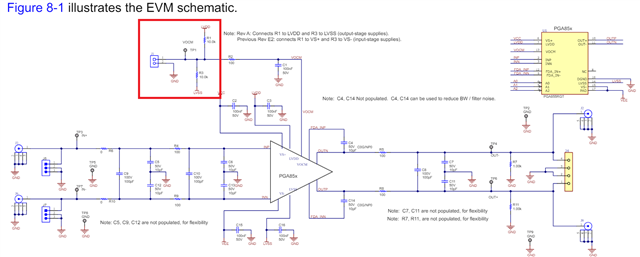Other Parts Discussed in Thread: PGA855
Tool/software:
I just purchased the PGA8555EVM board. It looks like my version is E1. Manual shows errata notes for E2 but nothing for E1. Not sure why I got shipped (from Mouser) a EVM that is at least 3 revs behind. Problem is gain not working correctly.


